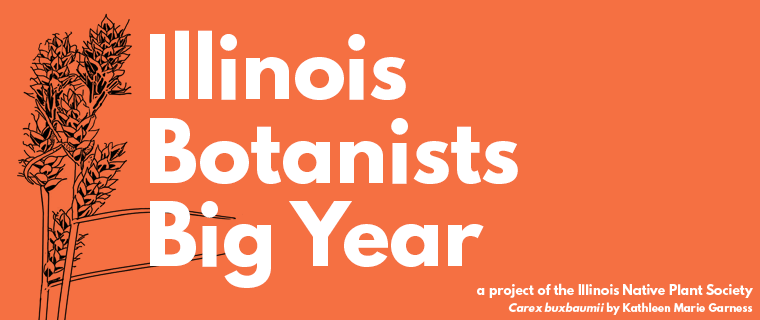Key to Non-native Taraxacum sections in British Columbia
From Björk, C. R. 2019. Overlooked diversity in exotic Taraxacum in British Columbia, Canada. Botany. Vol. 97, No. 6: pp. 329-346. https://doi.org/10.1139/cjb-2018-0094
Exotic Taraxacum in British Columbia
1a. Plants usually growing in wild vegetation at high elevations or latitudes; bracts sometimes strongly corniculate, the outer ones mostly erect to appressed, sometimes recurved or spreading; leaves mostly either weakly lobed or with simple lobes ................ Native groups, not treated here
1b. Plants mostly in disturbed vegetation, mostly at low to middle elevations and latitudes; bracts not corniculate or with small, inconspicuous horns, the outer ones mostly spreading, recurved, or reflexed; leaves mostly deeply lobed, the lobes in most cases longer than wide and often again lobed ................ 2 (Exotic sections)
2a. Outer bracts erect and appressed, blackish green, ovate, and with blunt apices; plants usually in wet sites; not documented from British Columbia, but to be sought ................ Section Palustria
2b. Outer bracts spreading to recurved, or if appressed, then apices acute to acuminate; habitat various, but usually not in wet sites ................ 3
3a. Inner and (or) outer bracts minutely corniculate; outer bracts mostly <10 mm long, mostly thin and pale,usually pinkish ........ 4
3b. Inner and outer bracts not at all corniculate (though sometimes with 1–2 minute ridges at apex; outer bracts various, but often >10 mm long and usually opaque or dark and without pink tones ........ 5
4a. Cypsela cone slender, scarcely tapered, usually >0.7 mm, cypsela body often red-brown or purplebrown ........ Section Erythrosperma
4b. Cypsela cone stout and upwardly tapered, usually <0.7 mm, cypsela body pink-brown........ Taraxacum
fulvicarpum group
5a. Involucre often distinctly glaucous (alive), blackish green and glossy (dried); outer bracts ovate, lanceolate, or sometimes oblong-lanceolate ........ 6
5b. Involucre rarely glaucous, not appearing blackish or varnished in the pressed state; outer bracts mostly oblong or lance-oblong ........ 8
6a. Leaves mostly olive green, lateral lobes usually 4 per side and hamate; outer bracts comparatively abruptly tapered; pollen present; mostly robust plants ........ Section Hamata
6b. Leaves mostly dark bluish green, lateral lobes usually <4 per side and mostly not hamate; pollen often absent; plants generally small and delicate ........ 7
7a. Leaves not spotted (except often at the internodes, or spotted due only to injury); pollen often lacking; locally common ........ Section Celtica
7b. Leaves purple spotted, the adaxial spots corresponding to abaxial ones; pollen present (ours); rarely encountered ........ Section Naevosa
8a. Outer bracts mostly >10 mm long; leaves mostly crisped and (or) rugose, summer leaves almost always complexly lobed; pollen rarely absent ........ Section Taraxacum
8b. Outer bracts mostly <10 mm long; leaves often not crisped and mostly not rugose; summer leaves mostly weakly lobed or merely dentate; pollen often absent........ 9
9a. Petioles with no wings or wings narrow; summer leaves usually oblanceolate or obovate in outline; capitula usually comparatively small; ligules deep yellow, the outer ones with dark abaxial stripes ........ Section Borea
9b. Petioles with broad green wings to base or nearly so; summer leaves often oblong; capitula usually comparatively large; ligules often comparatively pale, the outer ones often with pale abaxial stripes ........ Section Boreigena











